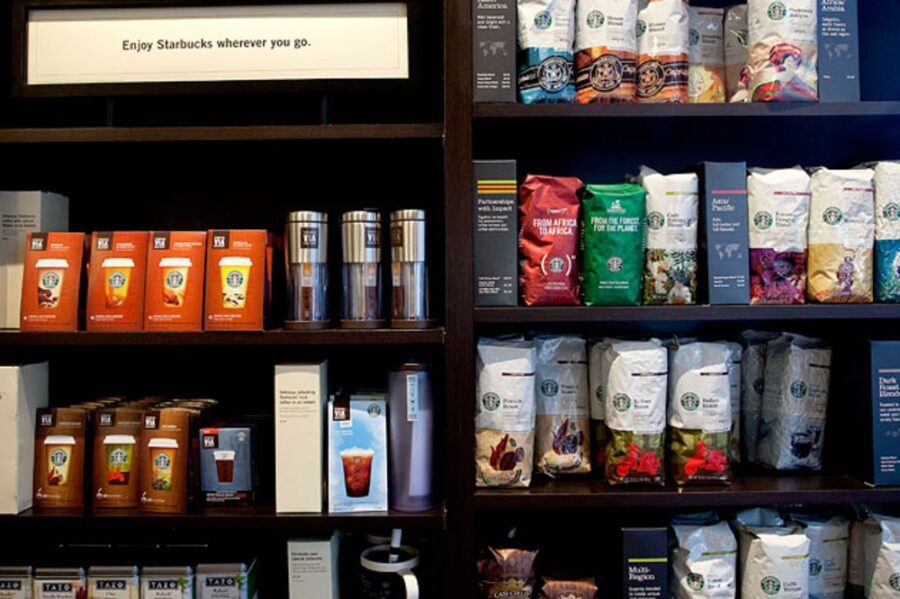Consumer Packaged companies (CPG) are grappling with a lot of challenges owing to economic uncertainty, price consciousness, changing demographics, rise of discounters coupled with fast-changing retail needs. The growth of leading CPG players is stagnant and there is a fierce competition as a large number of small firms are venturing into the CPG and retail arena. As a result, CPG companies are realizing that deep analytical capabilities could be a key differentiator in this highly competitive space.
The use of analytical tools, data, and system integration is helping CPG companies to maximize the value of their investment and delve deeply into consumer minds. Retailers and CPG firms deal with a vast amount of data on a daily basis. The data offers a source of consumer information that can be used wisely to make strategic business decisions. A lot of CPG companies are using analytics to foster growth. Let us now see what sets these companies apart and what are the imperative for growth?
Identifying and gathering data
Data is everywhere. Identifying and managing the data is the first step towards insight generation. Data resides in almost all the divisions in consumer and retail companies. Data can be sourced from social media, customers and others channels which support business decision-making. By combining data from various sources, organizations would be able to unlock a plethora of opportunities that will help them to stay ahead in the competitive race. However, organizations need to develop a strong process that would extract, clean and store the data before it is served for analysis.
Establishing and maintaining IT infrastructure
The next step after identifying the data sources is to develop a strong IT infrastructure and operating model that would help in storing a large volume of data emanating from various sources. This requires close collaborations within different teams in organizations to ensure the business requirements are successfully met. It requires time and significant investment but the insights that will be generated would be worth waiting for. One thing that needs to be included as an add on to this process is to chart out an effective data governance policy that would safeguard the valuable data from evil intentions.
Using right analytical tools and techniques
While analytics is the method mostly used to predict customer behavior in CPG and retail companies, it can also be applied to different processes to get:
- Sales/ distributor channel insight
- Micro-economic predictive analytics
- Brand Positioning
- Retail execution insights
- Price and promotion analytics
- Inventory optimization
- Sales forecasting
All these require different techniques such as market-basket analysis, clustering, sentiment analytics, business optimization, time-series forecasting, conjoint analysis, among others. This would necessitate CPG firms to leverage mature data models, KPIs, metrics, and visualization to deliver powerful insights.
The execution plan
The insights generated from all the models using different techniques will create a significant impact once the processes are streamlined and put into effective action. Data and analytics would help CPG companies understand how their customers are using their products and services, how their supply-chain operations are performing, how to manage inventory and workforce, and how to mitigate risk.
Organizations must infuse analytics into decision-making in order to yield substantial results. A structured analytics-driven organization can help CPG and retail companies successfully undertake the journey from translating data into insights.

